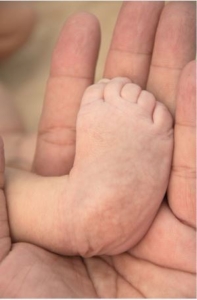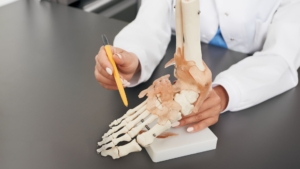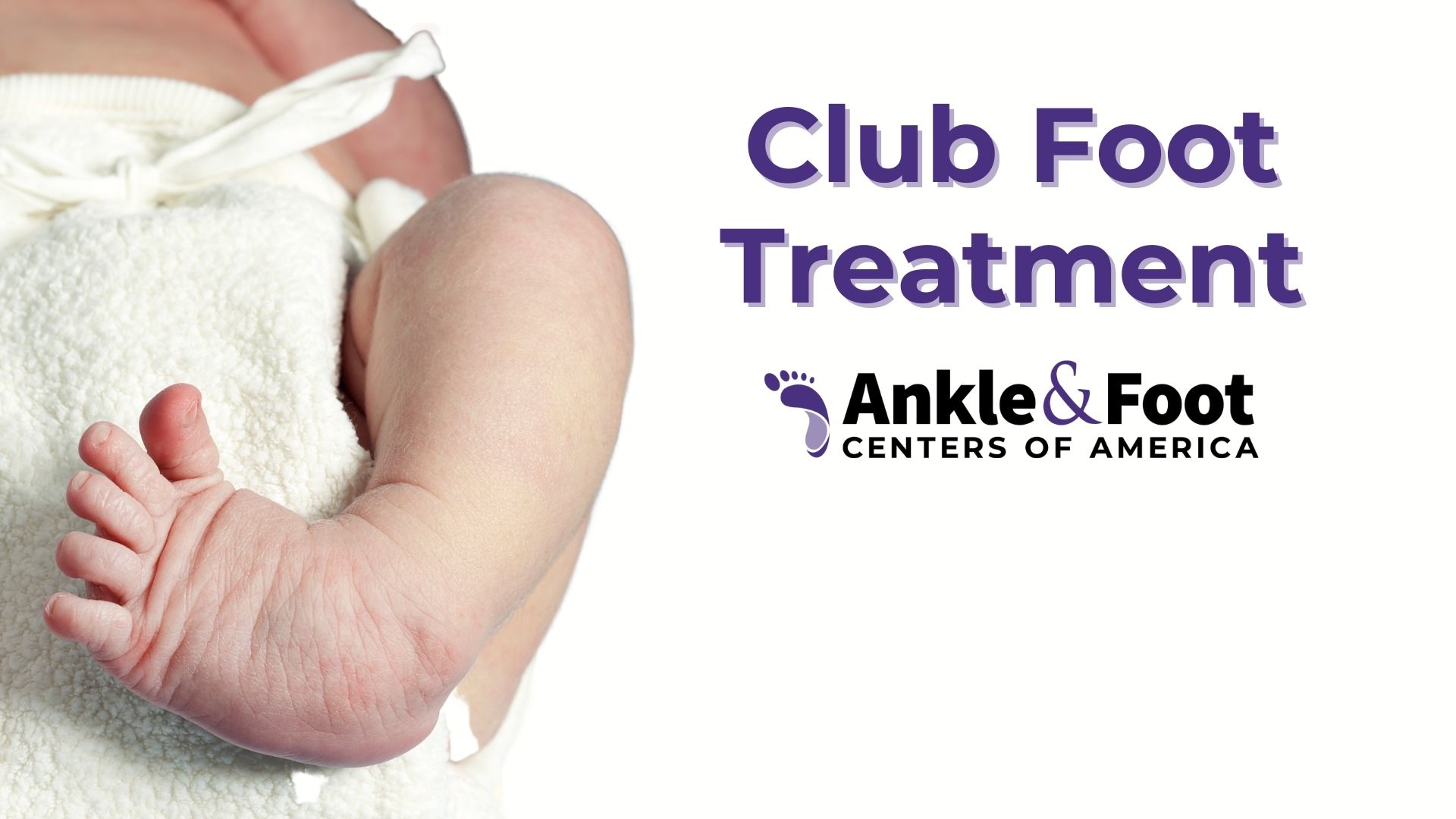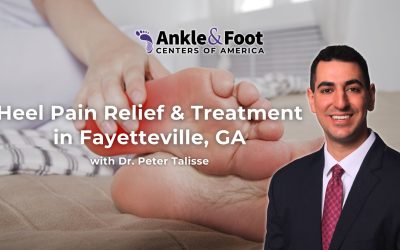Table of Contents
Complete Overview of Club Foot: Causes, Symptoms, Treatments
Dealing with club foot can indeed be challenging, especially for new parents unfamiliar with the condition. However, arming yourself with knowledge can transform the unknown into a navigable journey. This comprehensive resource will guide you through understanding clubfoot, touching on all its facets – the causes, the symptoms, and the various treatments available. Equipped with this information, you’ll be better prepared to make informed decisions about management and treatment. So, immerse yourself in this guide and uncover valuable insights about club foot.
Introduction
In a world filled with complex medical terms and a myriad of health conditions, it’s only natural to feel overwhelmed. Particularly when it comes to conditions like club foot, a common birth defect often noticed immediately at birth. While it may sound daunting, especially for expectant parents, it’s important to remember that understanding club foot is the first crucial step towards managing it effectively and ensuring a positive outcome.
In this comprehensive guide, our aim is to bring the keyword club foot out of the realm of the unknown and into the light of understanding. We’ll go beyond just defining club foot, diving deeper into its causes, identifying its symptoms, and exploring both surgical and non-surgical treatments available. We want to assure you that a diagnosis of club foot is not insurmountable. With early intervention and the right treatment approach, children with club foot can go on to lead normal, active lives.
Whether you’re a parent seeking information, a healthcare professional looking to expand your knowledge, or simply someone curious about this condition, this guide is designed to educate and empower. We’ll provide you with a thorough understanding of club foot, equipping you with the knowledge you need to tackle this condition head-on. So, come along as we unravel the intricacies of club foot – one keyword at a time.
What is Club Foot?
Club foot refers to a common congenital disorder that affects the structure and orientation of a newborn’s foot or feet. Medical professionals use the term “congenital talipes equinovarus” (CTE) to describe this condition in a more precise, clinical context. This term encapsulates the unique characteristics of club foot – a foot that appears to be twisted at the ankle, causing the foot to point downward and inward.
Defining Club Foot
In defining club foot, it’s important to understand that it’s more than just an abnormal foot position. It’s a complex, multifaceted condition that affects various aspects of the foot’s anatomy. In addition to the foot’s twisted orientation, the affected foot may also appear smaller than what is typically expected – a feature that often becomes more noticeable as the child grows. This size difference is due to the foot’s altered structure and is one of the key signs doctors look for when diagnosing club foot.
Recognizing Club Foot: The Symptoms
Recognition is the first step towards treatment. In terms of club foot symptoms, the condition’s physical signs are quite prominent, making it easy to identify at birth. The most noticeable characteristic is the unusual positioning of the foot – it’s twisted inwards, giving the foot a distinctive club-like appearance.
In addition to the inward twist, the arch of the foot is often more pronounced and the calf muscles in the affected leg may be underdeveloped, leading to a disparity when compared to the unaffected leg. Despite these visible signs, it’s crucial to understand that club foot is not typically associated with pain in infants and young children. As we navigate through the world of club foot symptoms, it becomes clear that this condition, while visually striking, can be effectively managed with early and appropriate treatment.

Causes of Club Foot
 While the exact causes of club foot in newborns remain largely unknown, the condition is generally attributed to a mix of genetic and environmental influences. Understanding these potential causes can help shed light on the condition, potentially guiding early detection, management, and treatment strategies.
While the exact causes of club foot in newborns remain largely unknown, the condition is generally attributed to a mix of genetic and environmental influences. Understanding these potential causes can help shed light on the condition, potentially guiding early detection, management, and treatment strategies.
The Genetic Factor in Club Foot
Genetics play a significant role in club foot, with a noticeable number of cases having a family history of the condition. The club foot genetic factor indicates a child with parents or siblings who have had club foot is more likely to be born with the condition. This familial pattern suggests that certain genes might make a person susceptible to developing club foot.
Environmental Triggers
Apart from genetic factors, environmental influences during pregnancy may increase the risk of club foot. These club foot environmental triggers can include maternal smoking during pregnancy, which has been associated with a higher risk of various birth defects, including club foot.
Inadequate amniotic fluid – a condition known as oligohydramnios – can also contribute to the development of club foot. The amniotic fluid in the womb allows the fetus to move freely, promoting normal development and growth, and a shortage can limit this necessary movement.
Other Underlying Conditions
Occasionally, club foot may be a part of a broader genetic or neuromuscular condition like spina bifida or arthrogryposis. These complex syndromes might include club foot as one of their manifestations, highlighting the importance of comprehensive medical evaluation when club foot is detected.
While risk factors increase the chances of a child being born with club foot, it’s crucial to understand that their presence does not guarantee the condition will occur. Conversely, club foot can also manifest in the absence of these factors. Routine prenatal ultrasounds can aid in early diagnosis, allowing parents and healthcare providers to prepare for immediate treatment strategies following birth.

Club Foot Treatment Options
The journey of managing club foot is made easier with the array of treatment options available today. These strategies for club foot treatment vary based on the severity of the condition, with a focus on enabling the child to lead a normal, active life. Whether it’s a non-invasive method or a surgical intervention, each treatment plan is tailored to the individual needs of the child.
Non-Surgical Treatments
Non-surgical treatments are often the first course of action when dealing with club foot. They aim to correct the position of the foot without the need for surgical intervention, focusing on gentle, progressive methods to achieve the desired result.
The Ponseti Method
When considering club foot correction without surgery, the Ponseti method often comes up as the first line of treatment. Named after Dr. Ignacio Ponseti, this approach has proven highly successful in correcting club foot.
The Ponseti method involves a series of precise, gentle manipulations of the foot followed by application of a cast. The cast holds the foot in its new position and is changed weekly after further manipulation. This process continues over several weeks, gradually adjusting the foot to a more typical position.
Bracing
Following successful correction with casting, the next phase in the club foot treatment plan is bracing. This step is crucial to prevent a common occurrence in club foot treatment – relapse.
Club foot braces are designed to hold the foot in the corrected position. They are usually worn full-time for about three months after the casting phase. After this period, the brace is used mainly overnight or during nap times to maintain the corrected position of the foot. Bracing is generally continued until the child is about four years old to ensure the long-term success of the treatment.
Remember, patience and persistence are key in the non-surgical treatment of club foot. It might be challenging at times, but the end goal is a child capable of normal foot function and an active life.
Surgical Treatments
 Despite the effectiveness of non-surgical treatments for club foot, there are situations where these methods may not provide satisfactory improvement. In such instances, particularly for more severe forms of club foot, surgical intervention might be considered.
Despite the effectiveness of non-surgical treatments for club foot, there are situations where these methods may not provide satisfactory improvement. In such instances, particularly for more severe forms of club foot, surgical intervention might be considered.
Club Foot Surgery
Club foot surgery typically involves making adjustments to the tendons, ligaments, and joints in the foot and ankle. The goal is to correct the position of the foot, aligning it more normally with the leg. Depending on the specific case, this can range from lengthening a tight Achilles tendon, known as a tenotomy, to more extensive reconstructive procedures.
Following surgery, the foot is usually placed in a cast to protect it and hold it in its new position while it heals. The use of a cast also helps to reduce swelling and discomfort after surgery.
Post-Surgery Rehabilitation
Rehabilitation is a crucial phase after club foot surgery. As the foot heals, physiotherapy becomes essential in maintaining the mobility and strength of the foot and ankle. Physiotherapy typically includes a range of exercises designed to improve function and prevent stiffness. This step ensures that the foot doesn’t revert to its previous position and assists in achieving the best possible outcome from the surgery.
While the prospect of surgery can be daunting, it’s important to remember that it is typically considered only when non-surgical treatments are not successful or when the club foot is particularly severe. In many cases, surgical intervention can provide a significant improvement in foot position and function, contributing to a better quality of life for the child.
Living with Club Foot as an Adult
 Being treated for club foot as a child doesn’t end the journey. The path of club foot in adults often involves resilience, understanding, and certain adjustments. Yet, it’s important to remember that adults who underwent club foot treatment in their childhood typically lead regular lives, albeit occasionally facing minor physical limitations.
Being treated for club foot as a child doesn’t end the journey. The path of club foot in adults often involves resilience, understanding, and certain adjustments. Yet, it’s important to remember that adults who underwent club foot treatment in their childhood typically lead regular lives, albeit occasionally facing minor physical limitations.
Lifelong Outcomes of Club Foot Treatment
For an adult who had been treated for club foot as a child, the condition does not typically require ongoing active treatment. However, regular check-ups with a healthcare provider or podiatrist can be beneficial in monitoring any potential issues or changes over time.
Though some adults might experience mild discomfort, especially after intense or prolonged physical activities, these symptoms can often be managed effectively with suitable lifestyle modifications and exercises. It’s important to note that shoe wear may be uneven due to the foot’s altered structure, which might necessitate more frequent shoe replacement.
Club Foot Exercises and Home Treatment
An integral part of the journey with club foot involves home management. Engaging in specific club foot exercises can aid in strengthening the muscles around the foot, thereby improving flexibility and mobility.
Physiotherapy and Home Exercises
Physiotherapy serves as a vital component in both non-surgical and post-surgical treatment of club foot. Guided by a trained physiotherapist, a series of simple stretching exercises can enhance the flexibility and strength of the foot, significantly aiding in the overall success of the treatment plan.
Importance of Following the Bracing Schedule
Persistence is key when it comes to the bracing phase of club foot treatment. The bracing schedule, which follows the initial casting phase, plays a pivotal role in preventing the relapse of the club foot deformity. It is imperative for parents and caregivers to ensure that the child adheres to wearing the brace as recommended by the healthcare provider, even though this phase might seem long and challenging.
In essence, living with club foot as an adult might come with its set of challenges, but with resilience, understanding, and appropriate management strategies, these obstacles can be navigated successfully.
Final Thoughts
Indeed, club foot is a serious condition, marked by the foot’s unusual inward and downward position. Despite the mystery often surrounding its causes, we highlighted potential genetic and environmental factors that might play a role in its manifestation. Furthermore, we emphasized that early diagnosis through routine prenatal ultrasounds can aid in preparing for prompt treatment after birth.
On the treatment front, we showcased the gamut of options available, starting with the Ponseti method and bracing in non-surgical treatments, progressing to surgery when necessary. Regardless of the method employed, the ultimate goal remains the same – enabling the child to lead an active, normal life.
Lastly, we navigated the journey of living with club foot as an adult, discussing the lifelong outcomes, home management, and the critical role of physiotherapy and bracing in the overall treatment plan. While club foot might necessitate some lifestyle adjustments, adults with this condition can certainly lead fulfilling lives.
In the face of club foot, remember that you’re not alone. There are abundant resources, medical advancements, and supportive communities available to guide you through every step of the journey. With appropriate treatment and management, club foot becomes a condition not of limitations, but of resilience and strength.






